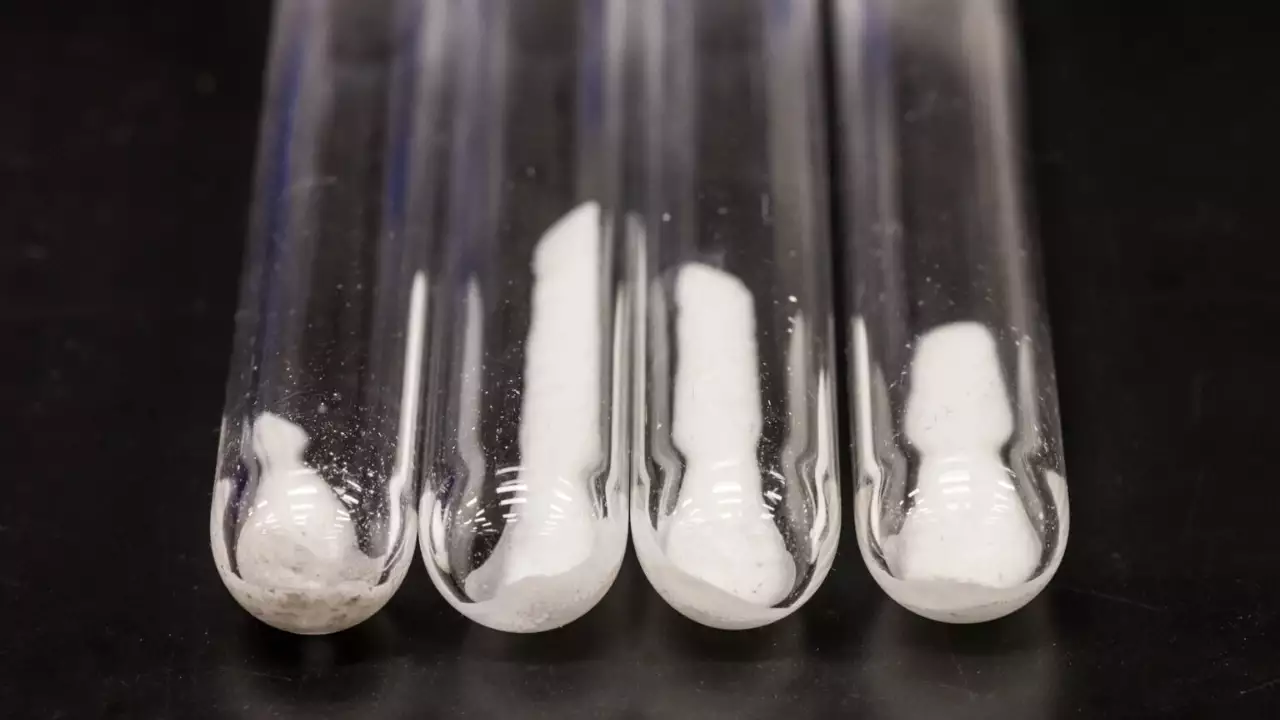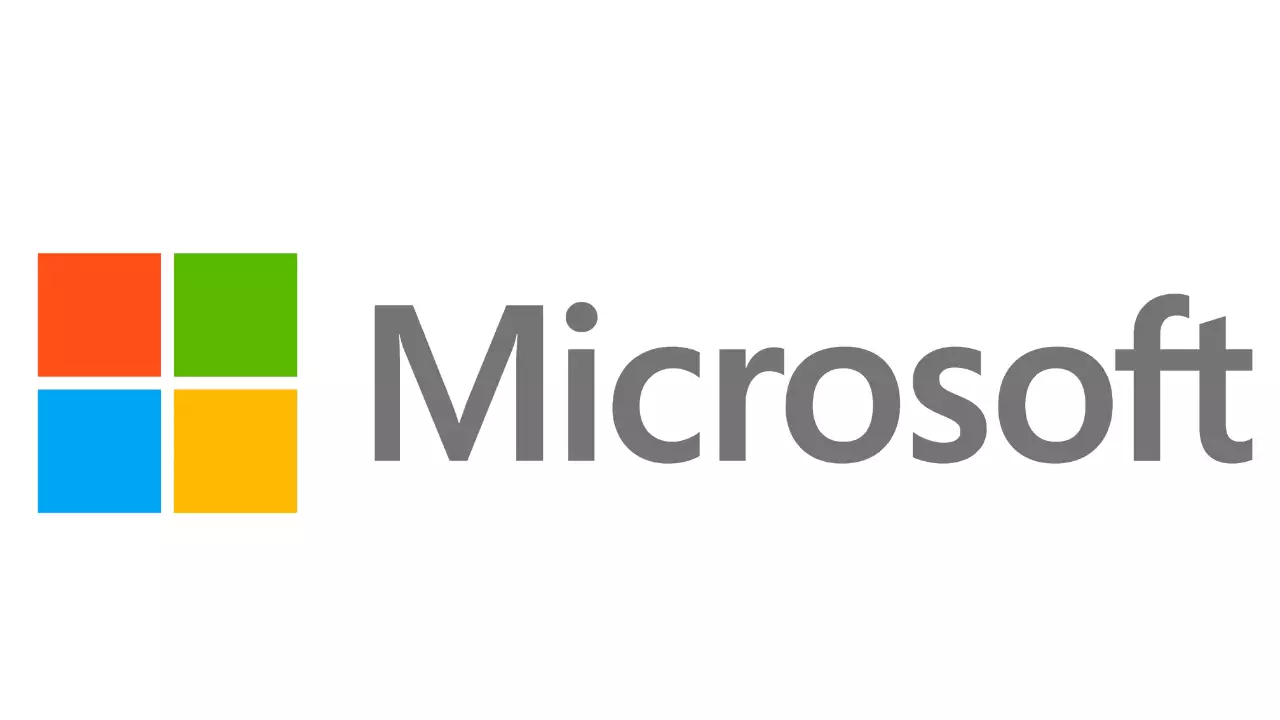AI and Supercomputing: The Future of Battery Technology

In a groundbreaking discovery, Microsoft and the Pacific Northwest National Laboratory (PNNL), part of the US Department of Energy, have identified a new material that could revolutionize the battery industry. This material, known as N2116, has the potential to reduce lithium use in batteries by up to 70%. The discovery was made possible through the use of artificial intelligence (AI) and supercomputing, marking a significant milestone in the application of these technologies in scientific research
The Power of AI in Discovery

The Lithium Problem
Lithium is a critical component in rechargeable batteries used in electric vehicles, smartphones, and other devices. However, the mining and extraction processes for lithium have severe environmental implications, requiring large amounts of water and energy, and resulting in toxic waste and landscape degradation. Furthermore, lithium is a finite resource with limited availability, and its mining is both environmentally and geopolitically problematic. The International Energy Agency predicts a potential shortage by 2025, with demand expected to increase tenfold by 2030.
The Potential of N2116
The discovery of N2116 could have far-reaching implications for the energy storage industry. The material could potentially revolutionize the industry and accelerate the transition to more sustainable energy solutions. The material has been successfully synthesized and turned into prototype batteries that are currently being tested. In a demonstration of its potential for practical use, the material has been used to power a lightbulb
AI: The Future of Scientific Discovery
The discovery of N2116 is a testament to the power of AI in accelerating innovation. Microsoft’s mission is to “compress 250 years of scientific discovery into the next 25” using technology like AI. AI and high-performance computing are seen as key tools in speeding up scientific discovery and addressing complex scientific and mathematical tasks.
Looking Ahead
The discovery of N2116 is just the first step in an exciting journey to bring the power of AI to scientific discovery. Further research and development are needed to fully realize the potential of this new material.
Microsoft and PNNL plan to continue their collaboration, focusing on the use of computational chemistry and materials science. This discovery is a beacon of hope for a future where technology and science work hand in hand to create sustainable solutions for our planet.